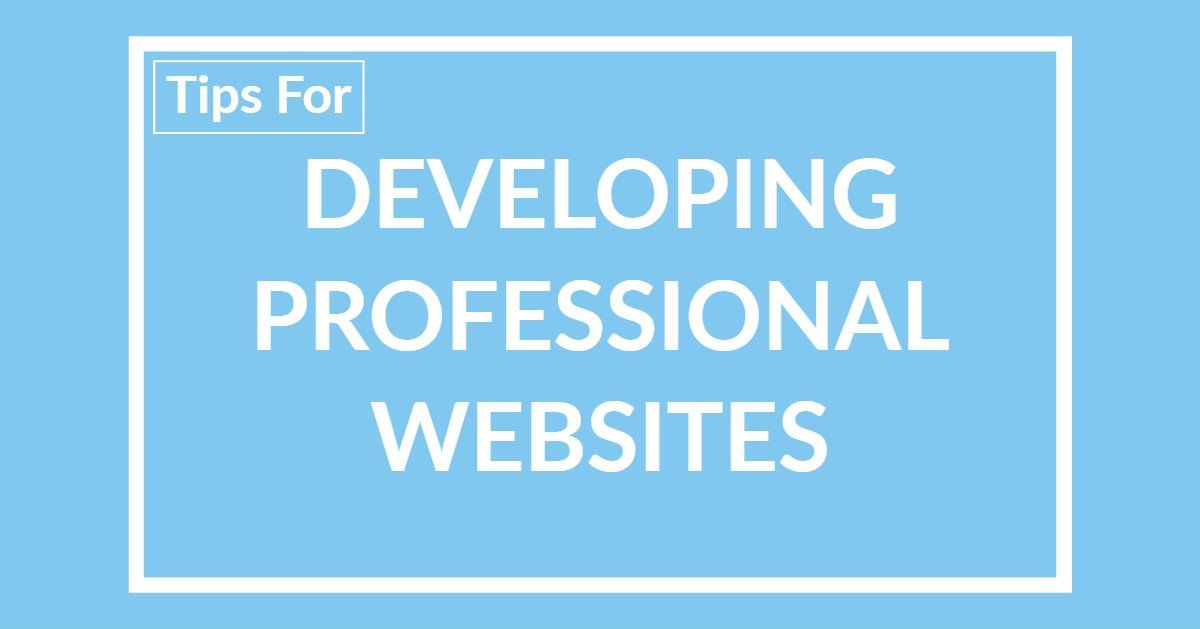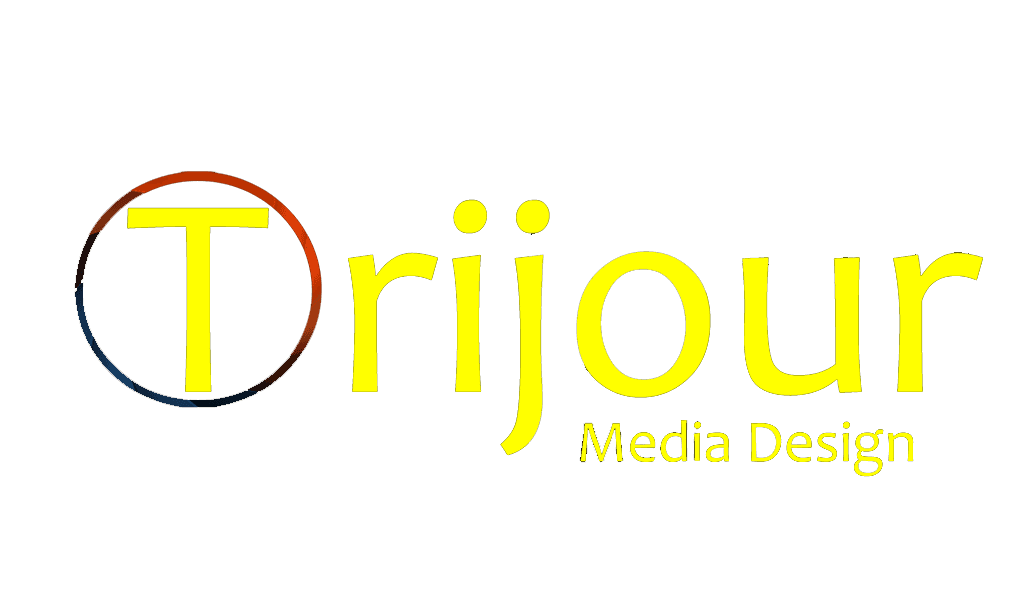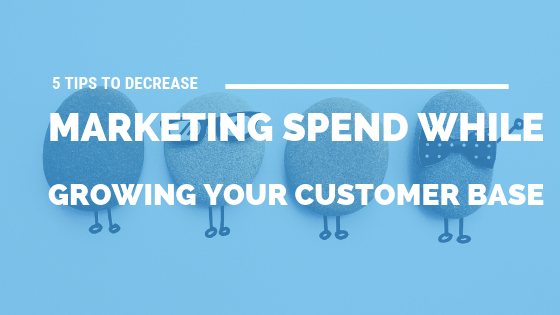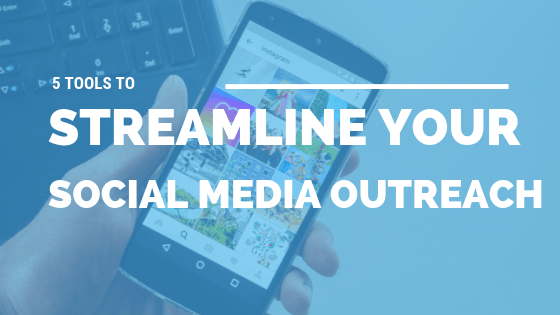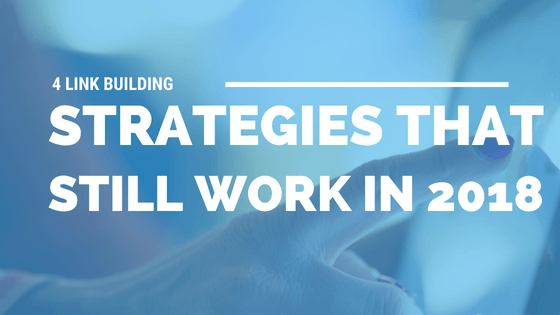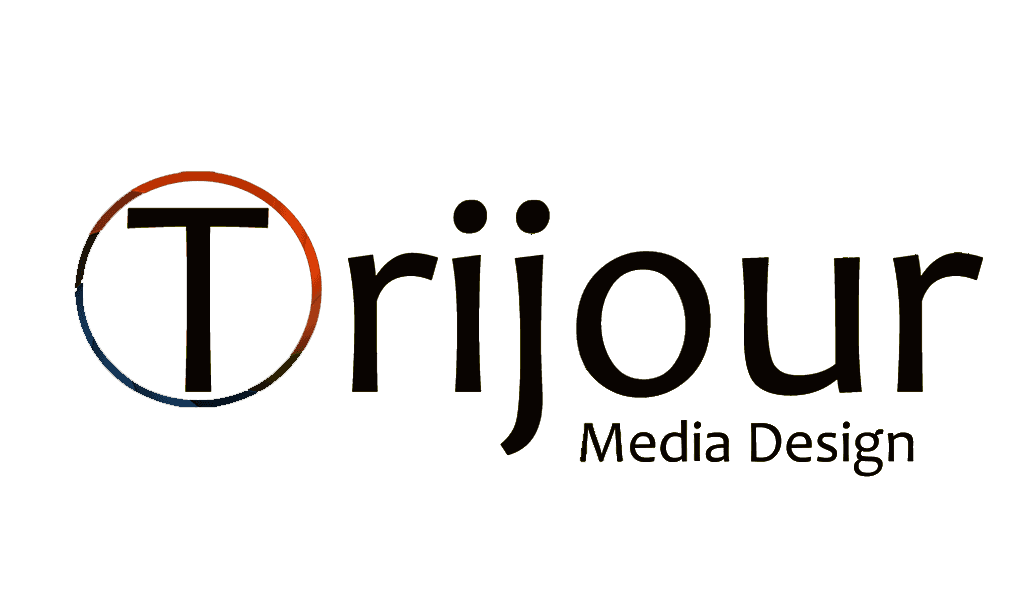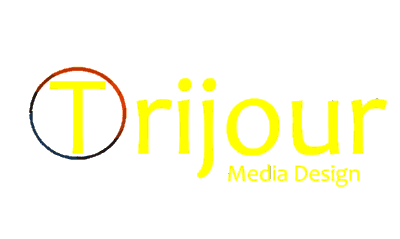5 Tips to Decrease Marketing Spend While Growing Your Customer Base
You may think there’s no way to add to your customers’ ranks without spending more money on marketing. But the fact is that there are forms of marketing that have a much higher ROI than others. If you’re focusing all of your resources on marketing techniques that don’t result in actual leads or sales, you’re doing it wrong. Paradoxically, you can actually increase your customer base while also cutting your expenses—if you shift your spending toward more effective means of marketing, that is. Here are 5 tips that can help you cut marketing costs while adding to your customer base.
1. Analyze Everything, As Often as Possible
Don’t continue a marketing practice just because it worked when you started. Markets change, consumers change, and what works and doesn’t work changes as well. Don’t stay the course when things are clearly not working in hopes that they’ll magically get better. You should have analytics in place to measure the success of each technique you’re using, and when those numbers start to dip, you should be prepared to re-strategize.
2. Automate What You Can
A lot of the expenses associating with marketing are linked to manpower. If you’re paying a lot of employees for a lot of hours spent doing things like sending emails and managing customer relationships, you could greatly decrease your marketing spend by automatingthese processes. And since the platforms you can use for automation (like MailChimp or Salesforce ) are designed to target specific goals, you can set them to target customer growth and watch the numbers improve.
3. Don’t Lose Customers
An underrated aspect of growing your customer base is keeping the customers you have. After all, it doesn’t matter if you’re gaining 200 new customers a month if you’re losing 400 customers at the same rate. Retaining customers is cheaper than finding new ones. Make sure that you’re collecting information from all of your customers, albeit as unobtrusively as possible, and using this information to better target them for continued sales. And reach out to them at various inflection points throughout their lifespan as a customer. You want to subtly encourage them to view you as their only option for a quality product. Loyalty programs are a great way of encouraging repeat business.
4. Use A/B Testing to Find Out What Works
A/B testing lets you push two different versions of your marketing, whether that means different copy in emails, a different font for your website, or different graphics, and then compare their performance on benchmarks you choose. It’s a great way to keep your marketing goal-focused, and it’s rewarding, as you’ll see your tinkering pay off with more leads and sales. Try to control for as many variables as possible; you want to avoid confusion over what aspect of the A/B test is creating the results you’re after.
5. Focus on Inbound Marketing
The general tide of marketing and purchasing has shifted in
a major way. While companies once strove to put their product in front of
viewers’ eyes on television or via billboards, the goal now is to get the
customer to come to you. Search engine optimizationis the quintessential form
of inbound marketing, as you selectively target different keywords to attract
people who are likely to be interested in your product. Think of inbound
marketing as laying a trail of breadcrumbs to attract customers toward a
purchase. In the Internet age, it’s much more effective (and less expensive)
than traditional outbound marketing. Other examples include writing topical
blogs that cover issues of interest to your customers,
or creating viral videos that people navigate to by choice.
You don’t need to break the bank to build your base. Try out these suggestions and see if you can reduce costs at your startup while developing leads to help you grow.
